Guo Yicheng, Professor, School of Arts Administration and Education, Central Academy of Fine Arts (CAFA)
The multicultural nature of the city has become a series of symbols in the course of the development of urban tourism, forming a city's unique IP. Urban IP aims to promote unique landmarks, regional resources and cultural values in the process of urban innovation and development, as cities reach towards a sustainable cultural and economic future in coexistence with cultural diversity.
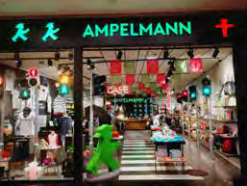
URBAN IP CASE STUDY: BERLIN
Berlin's East Side Gallery
When people think of Berlin, the capital of Germany, their minds turn immediately to the Berlin
Wall that divided Germany from 1961 to 1989. On September 28, 1990, the world's biggest open-air gallery opened along the wall. The East Side Gallery welcomed a total of 180 artists from 21 countries who each painted parts of the 1.3 km wall. The following year, this section of the Berlin Wall was given protected status, becoming a public art work that highlighted an important aspect of Berlin's urban culture, and in turn becoming an important landmark of urban IP.
One of the most distinctive parts of Berlin's urban IP is its old traffic light system. After the reunification, Markus Heckhausen acquired brand ownership of the design used for traffic lights in Eastern Germany and made a series of designs based on it. Berlin's traffic light figures are now found in souvenir shops across Berlin. Not only are there refrigerator magnets, coasters, key rings, bottle openers, thermoses, umbrellas, and stationery, but you can also find clothes, backpacks, bags, accessories, and bookshelves for sale. Today, these traffic light characters have become famous cultural symbols of the city. When traffic lights can be considered IP, commercial benefits and influence flows towards designers and their cities. It can be seen that the value of urban IP is not only to drive tourism, but more importantly, to authorize art planning. A sound historical and cultural story helps with the sustainable and innovative development of a city's multiculturalism.
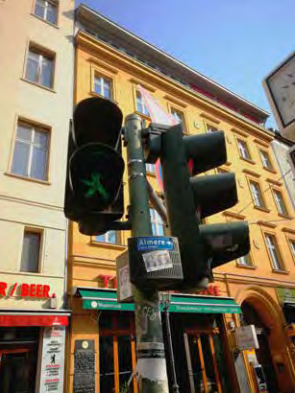
Traffic light signs on the street and in the stores of Berlin.
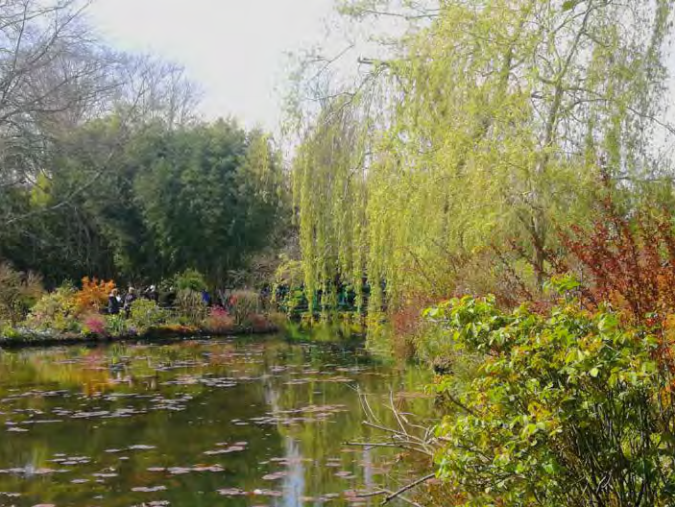
URBAN IP CASE STUDY: PARIS
Monet's Garden and authorized sales centre in the suburbs of Paris
When it comes to regional sustainable development driven by an artist's IP, Monet's Garden in Giverny, Paris is a classic case. Monet's Garden is in the former residence of the famous French painter, and home to his collection and various possessions.
The garden, Monet's own, was the source of his later artistic inspiration, which brought the colours of this particular garden to an audience across the world. Through the authorization of sales of derivatives of Monet's art, the famous artist's IP appeared. From sales of products globally, more people got to know Monet and Impressionism, and this French town was able to embark on a sustainable development path by way of its cultural and creative industries. Current Status and Paths to IP Localization in Chinese Cities.
Chinese urban IP is still in its infancy, and cities such as Beijing, Shanghai, Guangzhou and
Shenzhen have all made attempts. Although these have not yet reached a state of maturity, they each have their own characteristics. After the 2008 Olympic Games, the Beijing Municipal Government launched "Beijing Gifts", a government-registered brand for tourism products.
The IP logo was created in 2011. Since then, it has gradually introduced derivative products of
time-honored brands such as the liquor Red Star Erguotou, Quanjude Roast Duck, Wang Mazi
Scissors, an inkstone set in the shape of Olympic venues such as the Bird's Nest and the Water Cube, and porcelain replicas of Beijing's famous parks.
However, "Beijing Gifts" lacks an overall IP authorization plan, limiting its design, trademarking, display and other aspects, and diminishing its brand impact in overall terms.
Chinese urban IP development still has supply side issues. To overcome these, it will have to shift from extensive management to intensive sustainable development, and start telling better stories, planning good projects, and having a diversified well-managed supply of products.
To realize the diversified and sustainable development of urban culture and its planning and promotion, the key is to beautify the cultural genes of urban life. I once elaborated on an "Urban IP Concentric Circles" system: Taking "Better Life, Beautiful City" as the core of urban IP, creating urban IP through art forms including digital art, festivals, exhibitions, public design, animation, and short videos. Such a content system, through the development of cultural products at government and industry levels, forms an urban IP authorization system, and eventually an immersive experience of the "urban art gallery", in an "urban IP concentric circle" system.
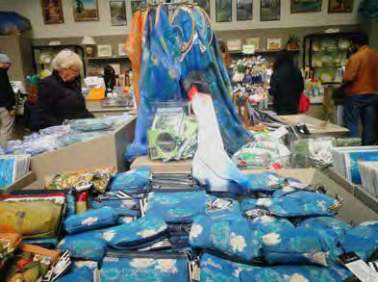
The urban IP concentric circle is contemporary art with beauty as its core, a cultural product formed by it, and a lifestyle shaped by it. The first level of integration is the relationship between beauty, life and contemporary art. The second link is the formation of IP, that is, the integration of intellectual property in various industrial sectors.
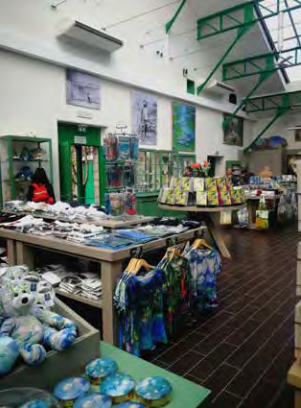
The third link is the "urban art gallery" formed after integration as a representative lifestyle. The urban IP concentric circle system specifically interprets how to achieve the sustainable development path of the urban cultural tourism industry by creating a cultural IP with "beauty" at its core. This is a way for Chinese cities to get out of their "a thousand cities are all the same" predicament and achieve UN-guided multiculturalism.